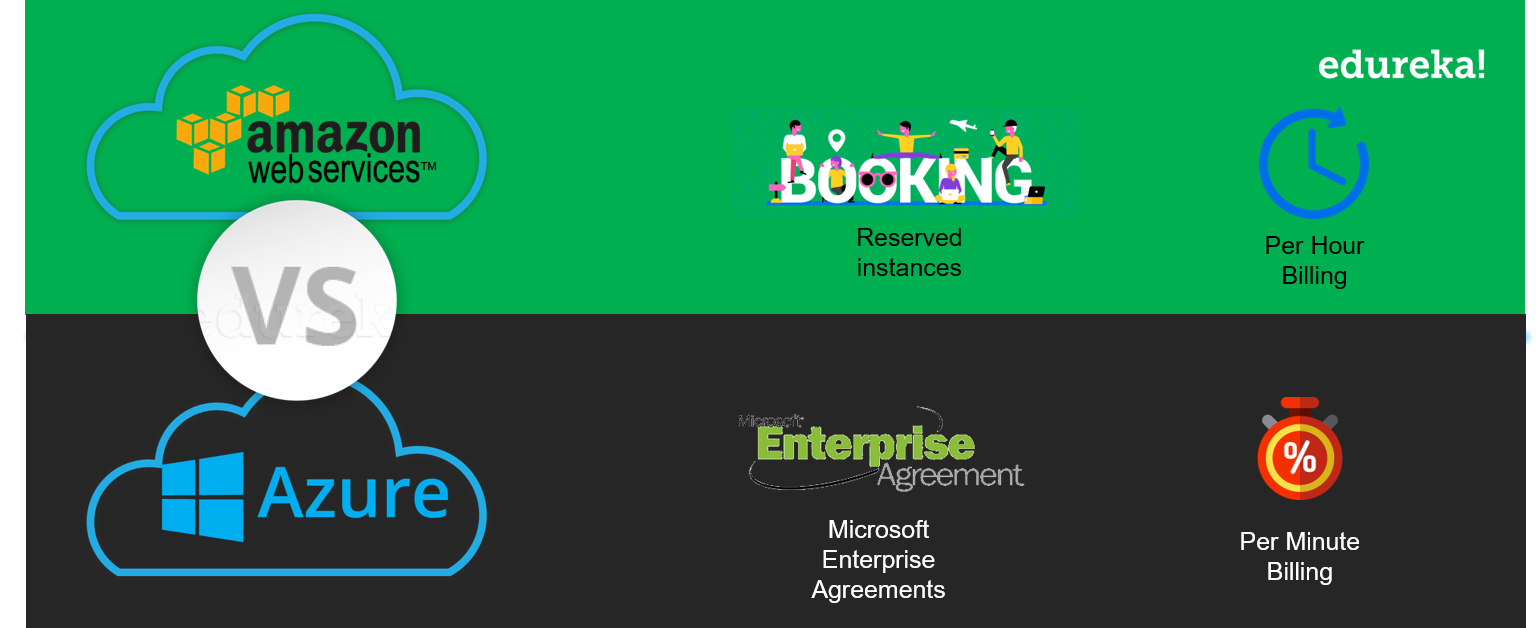
Feel free to jump around to chapters you feel more comfortable tackling first.

There’s a lot of ground to cover regarding AWS services, pricing models, pitfalls, and best practices. The following sections focus on phase 3 of the cost-optimization cycle and assume that you already have a cataloged infrastructure with historical cost and usage data. This plan should factor in right-sizing resources, analyzing existing commitments for utilization and efficacy, upgrading to relevant instance generations, and validating new commitments against a 1- or 3- year horizon. Execute a data-driven purchasing strategy that applies all previous steps.Refresh your knowledge of available services, resources, and discount programs.This enables you to forecast budgetary needs confidently due to the cataloging achieved in step 1. Collect key metric data to set benchmarks for month-to-month and year-to-year trend analysis.Make sure you understand not only what resources you have, but also their relationships with one another and the applications they support. Build asset awareness through inventory analysis, tagging, and tracking.The AWS Cost Optimization Puzzle The Basics of AWS Cost OptimizationĪt its most basic level, cloud cost optimization is a method of practice that should be broken down into the following cycle:

Have questions about other cost-optimization methods or AWS Services? Send us a request! CloudBolt adds chapters to this guide regularly as best practices and AWS products evolve. These articles are written for AWS Administrators and cloud engineering managers wanting to gain a deeper understanding of lesser-known aspects of AWS pricing.
Aws pricing models series#
This guide contains a series of advanced cost-optimization techniques that can lower your AWS bill without compromising application performance or redundancy preparedness for disaster prevention. A DevOps Guide to AWS Cost Optimization Introduction


 0 kommentar(er)
0 kommentar(er)
